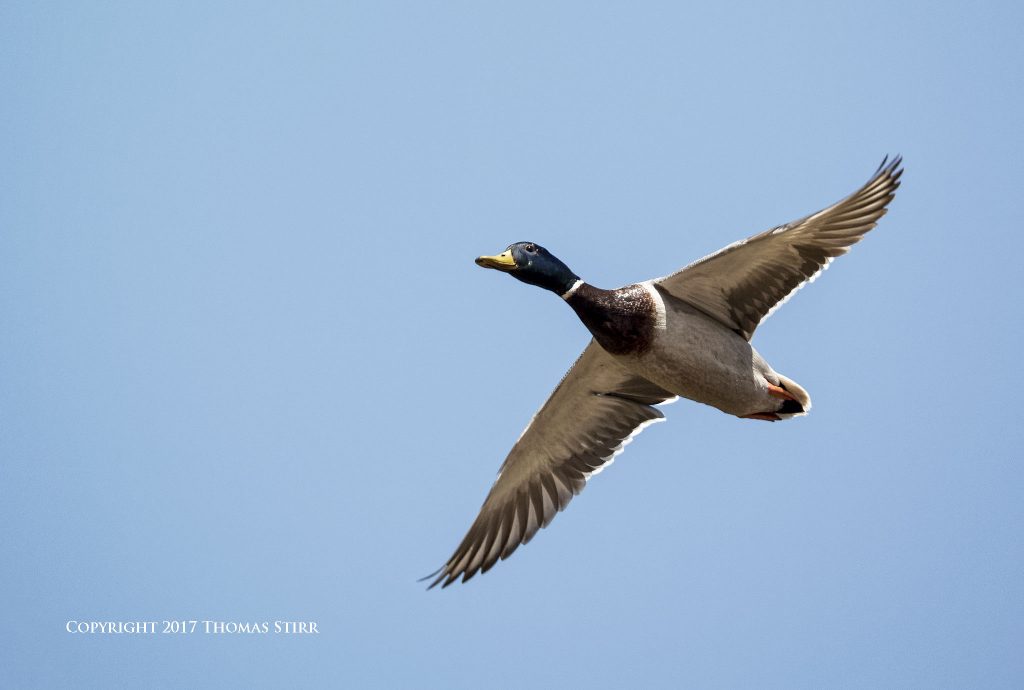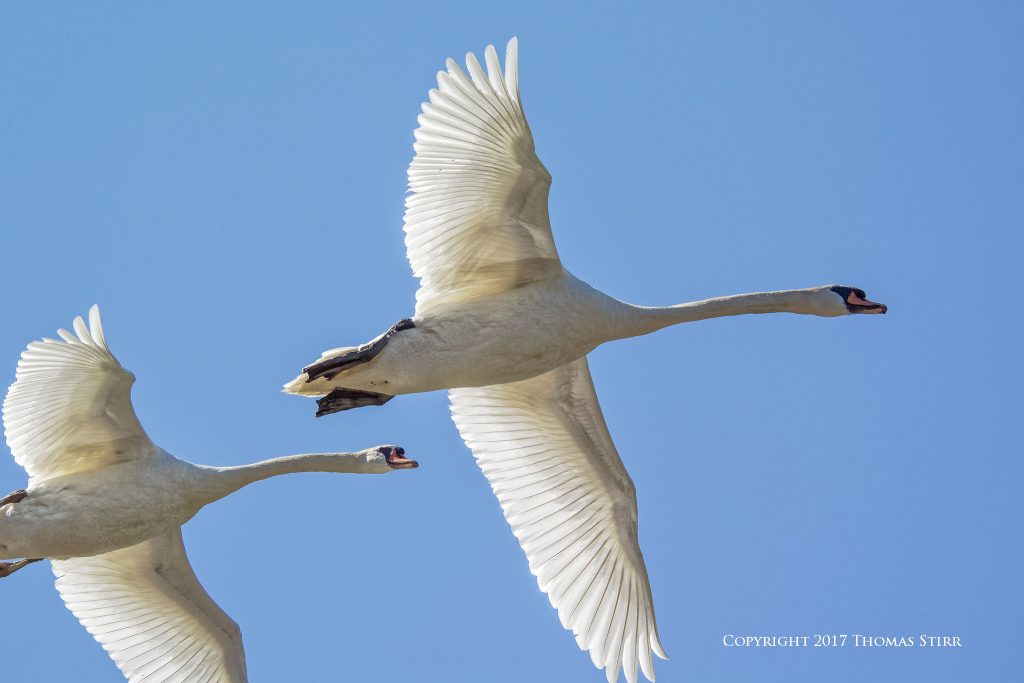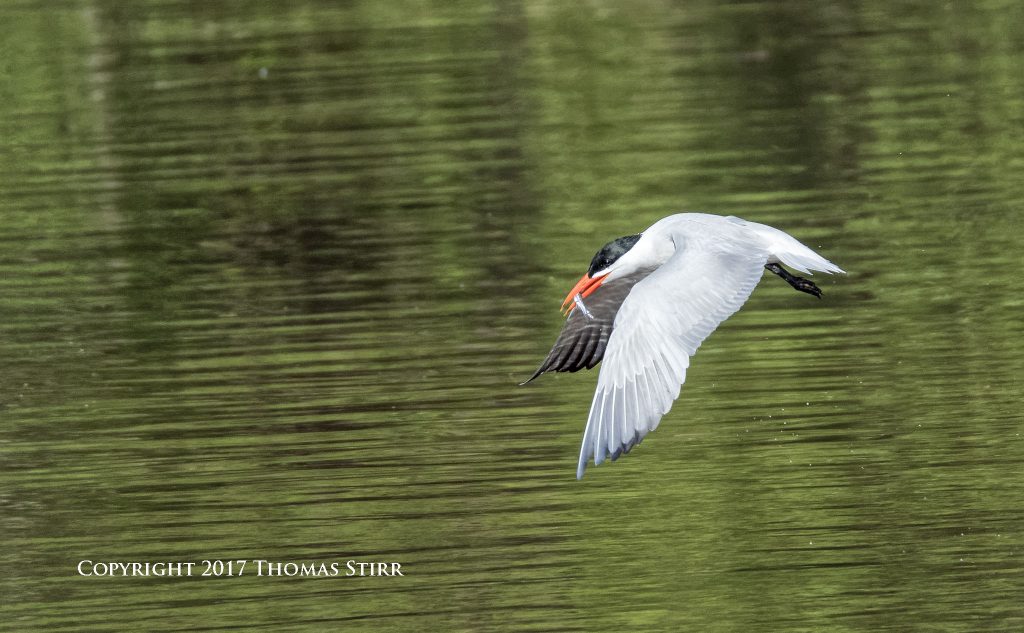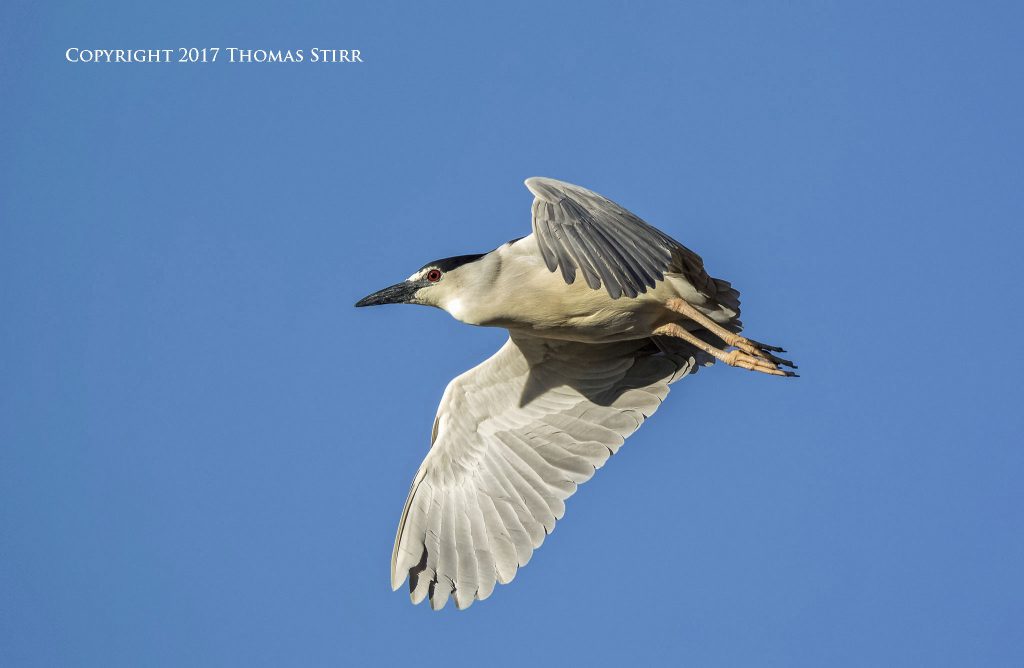Regardless of the camera that each of us may own, practising eye hand coordination is a good idea. This is especially true if one enjoys photographing birds-in-flight or other moving wildlife.
NOTE: Click on images to enlarge.

Similar to playing a musical instrument, our bodies can develop ‘muscle memory’ as we practise. This can help us instinctively bring our camera up to our eye at the correct angle to acquire focus on a moving subject.

Common small animals like squirrels, chipmunks, or the family dog can make good practise subjects.

In a pinch, even cars travelling in the distance will do.

I try to get out at least a couple of times a month to practise photographing birds-in-flight. In Southern Ontario the most common birds with which to practise are Canada Geese and various gulls.

In the late spring and summer months we usually have a plentiful supply of cormorants and terns.

Choosing larger birds with predictable flight patterns like geese, ducks, swans and cormorants, are ideal for beginners to practise their panning technique.

Even more experienced photographers can practise with these larger birds in terms of getting their desired image framing.

Whether we choose to capture individual frames or AF-C runs during our practise sessions is a personal choice. I’ve found shooting individual frames can be helpful to practise shutter release timing.

For example, at the moment that a tern begins to flutter over a target fish, or when it momentarily pauses in mid-air when making a significant change in direction.

I also like to practise doing AF-C runs. My objective with this type of practise is to see how well I can keep the subject properly framed in the series of images.

Going out to practise is beneficial when we have a new camera, or we are contemplating changing some aspect of our technique. For example, I stopped using VR when shooting birds in flight as I found that I had more success keeping a series of images framed properly without it.

Whether we get any usable images during our practice sessions doesn’t really matter. Developing good eye-hand coordination through practice will pay huge dividends when that split second moment arrives – and you get your shot!
Technical Note:
All images were captured hand-held using a Nikon 1 V3 and 1 Nikon 70-300mm f/4.5-5.6 zoom lens as per the EXIF data. All photographs used in this article were produced from RAW files using my standard process of DxO OpticsPro 11, CS6 and the Nik Collection.
My intent is to keep this photography blog advertising free. If you enjoyed this article and/or my website and would like to make a modest $10 donation through PayPal to support my work it would be most appreciated. You can use the Donate button below. Larger donations can be made to tom@tomstirr.com through PayPal.
Article and all images Copyright 2017 Thomas Stirr. All rights reserved. No use, duplication or adaptation of any kind is allowed without written consent. If you see this article reproduced anywhere else it is an unauthorized and illegal use. Posting comments on offending web sites and calling out individuals who steal intellectual property is always appreciated!


Photo number ten is my favorite photo on this page – lovely. Taking good photos of kittens can be a real workout too., unless they are sleeping.
One of my favourites too Joni!
Tom